Welcome to our comprehensive guide on reviving your dormant fig tree, garden enthusiasts! Whether a seasoned gardener or a beginner, understanding the art of awakening a fig tree from its slumber can be a rewarding experience. This blog walks you through simple and engaging DIY ideas and tips to bring your fig tree back to life.
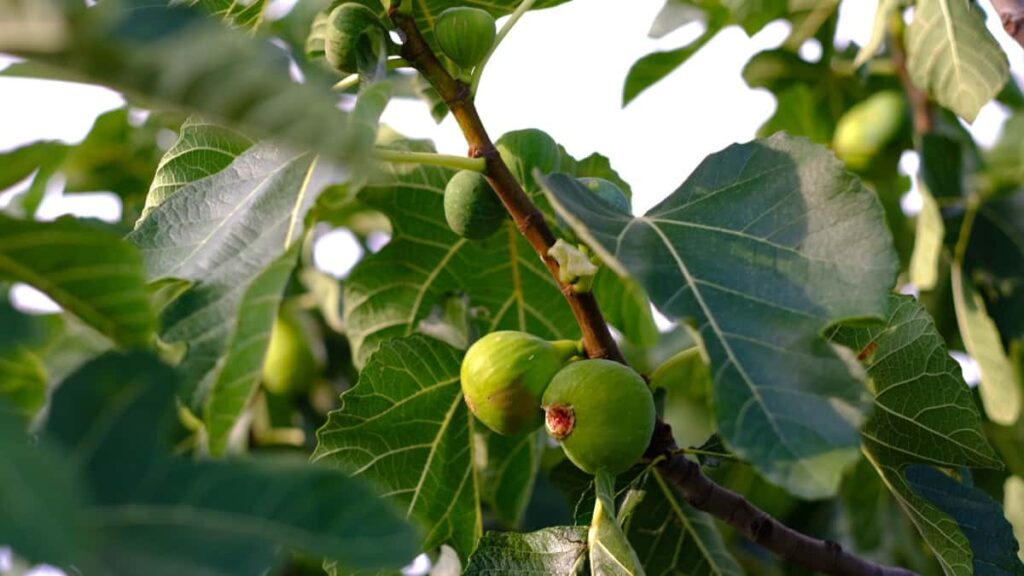
From understanding the dormancy period to providing the ideal conditions for growth, we’ll cover it all. So, grab your gardening gloves, and let’s embark on this exciting journey to awaken your fig tree from its winter rest.
Tips to Bring a Fig Tree Out of Dormancy
What is Plant Dormancy?
Plant dormancy is a fascinating natural phenomenon where plants enter a period of rest or temporary halt in growth. It’s like a deep sleep for plants, allowing them to conserve energy and withstand unfavorable conditions such as extreme temperatures or low light. During dormancy, plants experience physiological changes that prepare them for survival until more favorable conditions arise.
In this state, metabolic processes slow down significantly, reducing water uptake and decreasing overall activity. Various factors, including temperature, day length, and hormonal changes within the plant, trigger dormancy. It is crucial for the plant’s survival, allowing them to allocate resources efficiently and protect themselves from potential harm.
Description of Fig Tree
Fig trees, beloved for their Mediterranean fruit, can thrive in home gardens. While they typically favor warmer climates, there are methods to protect figs during cold winters, enabling gardeners in cooler regions to enjoy their home-grown figs. Winterizing a fig tree requires some effort, but the payoff is an abundance of delicious figs year after year.
In case you missed it: Optimizing Fig/Anjeer Orchard Management: A Month-by-Month Operation Guide for Maximum Yield
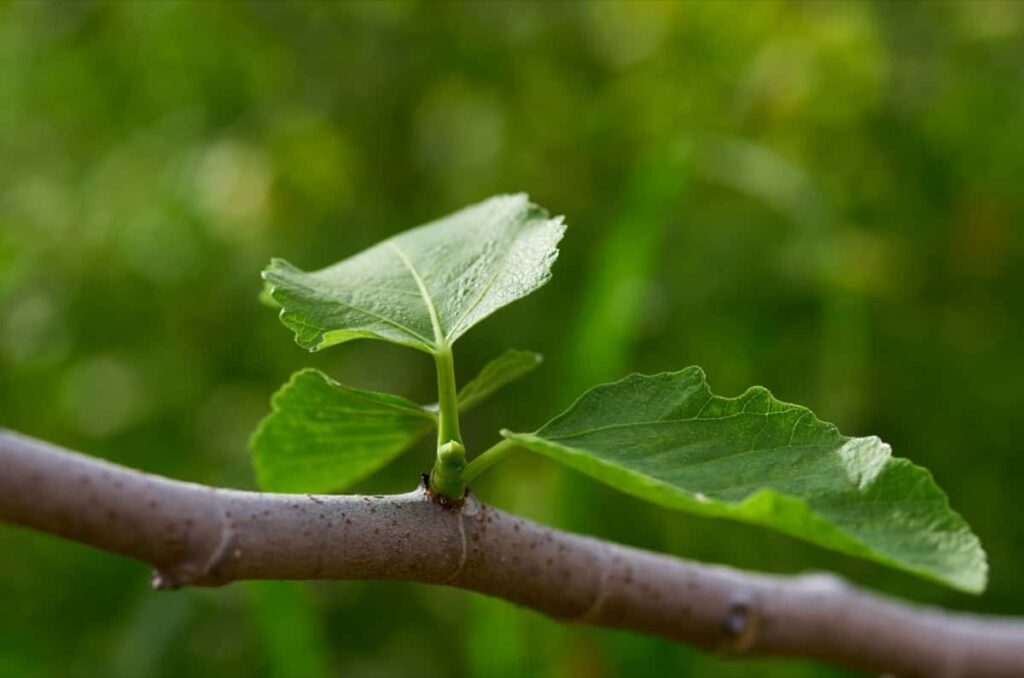
Fig trees need winter protection in areas below 25 degrees F (-3 C). There are two approaches to wintering figs. The first involves protecting fig trees planted in the ground, while the second focuses on fig tree storage for potted specimens.
Reasons for Plant Dormancy in Fig
- Temperature: Extreme cold or heat can induce plant dormancy as a protective mechanism. Plants in cold regions go dormant during winter to survive freezing temperatures, while plants in hot regions may enter dormancy during scorching summers.
- Day Length: Changes in day length trigger dormancy in many plants. As daylight hours decrease, plants receive signals to enter dormancy, preparing for the onset of winter or unfavorable conditions.
- Water Availability: Limited water availability can lead to dormancy. In drought-prone areas, plants may be dormant during dry spells to conserve moisture and survive until rain returns.
- Light Intensity: Insufficient light, such as during shorter winter days or when shaded by larger plants, can induce dormancy as plants struggle to photosynthesize and grow.
- Hormonal Changes Triggering Dormancy. Decreased growth-promoting hormones like auxins and gibberellins and increased growth inhibitors like abscisic acid can induce plant dormancy.
In case you missed it: Optimizing Oil Palm Orchard Management with Month-wise Operations for High Yield and Profit
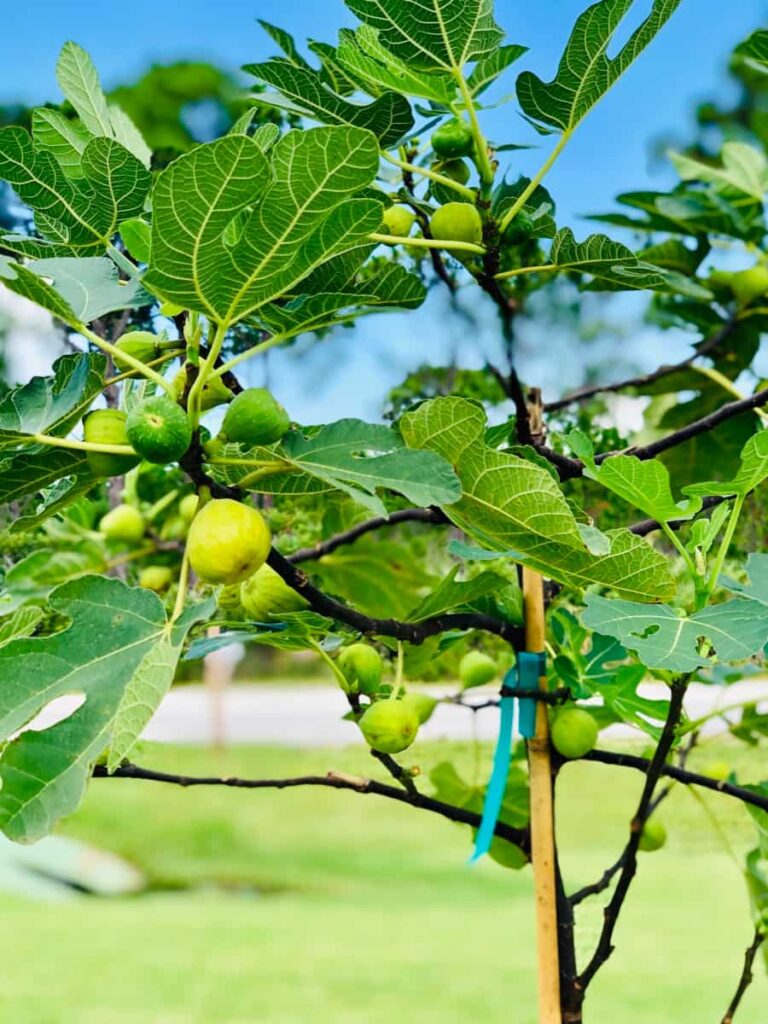
Seasonal Patterns and Factors Affecting Dormancy
Before planting, select a cold-hardy fig tree, such as Celeste, Brown Turkey, Chicago, or Ventura figs. This significantly improves your chances of successfully wintering the tree. After the fig tree sheds its leaves in autumn, it begins winterizing. Start by pruning weak, diseased, or crossing branches. Tie the remaining branches together to form a column, using a nearby pole if necessary.
Wrap the fig tree in multiple layers of burlap, leaving the top open for ventilation. Construct a sturdy cage around the tree using materials like chicken wire and fill it with straw or leaves. Cover the entire tree, cage, and column with plastic insulation or bubble wrap. Place a plastic bucket atop the wrapped column. Remove the winter protection in early spring when nighttime temperatures consistently stay above 20 degrees F (-6 degrees C).
Preparing for Fig Tree Awakening
Overwintering dormant plants is crucial for their survival, particularly in colder regions, as it simplifies winterization and eliminates concerns like leggy growth and insect infestations. It involves minimal care, reduced sunlight, and a dark environment, allowing plants to remain dormant until spring. However, waking up dormant plants in spring poses challenges that must be approached gradually to avoid harm.
Caution must be exercised to prevent overwatering and rot, and plants should be gradually exposed to light, warmth, and moisture for healthy regrowth. Careful consideration of temperature, humidity, pests, and diseases is vital during awakening. Patience, attention to detail, and a gentle approach are necessary to successfully revive dormant plants, resulting in a vibrant and flourishing garden in spring.
In case you missed it: Optimizing Avocado Orchard Management: A Month-by-Month Maintenance Guide for Maximum Yield
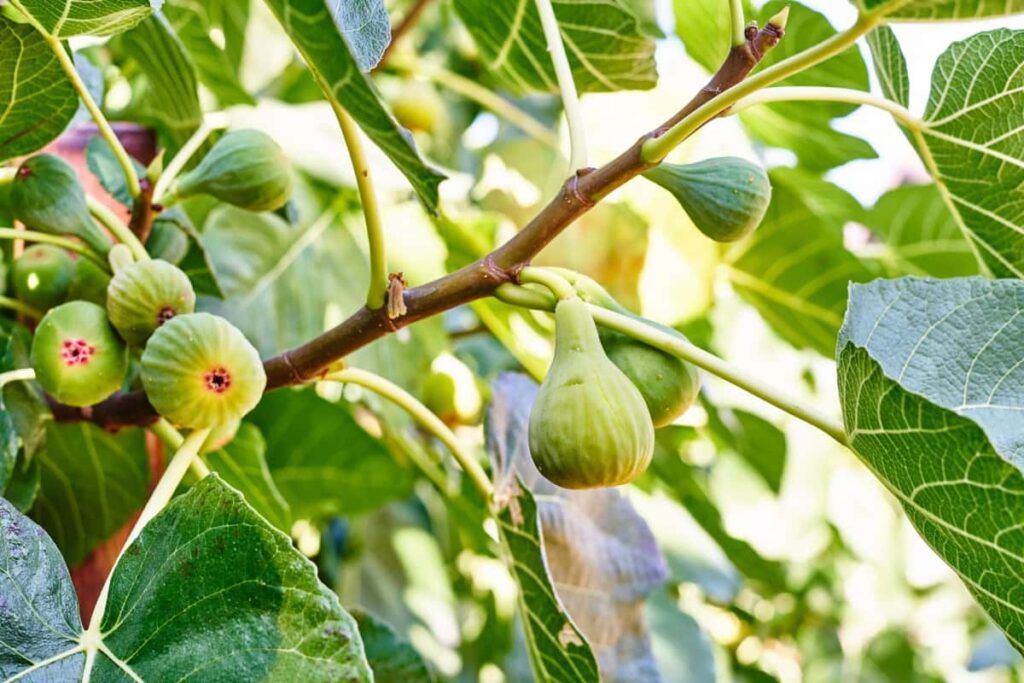
DIY Tips Techniques to Bring a Fig Tree Out of Dormancy
First, avoid overwatering dormant plants, as it can lead to rot. When it’s time to awaken them, please give them a good drink of water and ensure proper drainage. Next, use mild fertilizers like compost tea or all-purpose organic fertilizer to stimulate new growth once the plant produces leaves. When reintroducing dormant plants to sunlight, it’s important to do so gradually to prevent the burning of stem and leaf buds.
Start the plant in a sheltered pot with limited sun and gradually increase exposure over a few weeks. This acclimation process will help the plant adjust to the intensity of sunlight. Proper winter storage for dormant plants involves keeping them in a cool, dark, and frost-free area with minimal access to water. Regular checks for pests and diseases are important during this period. However, it’s crucial to consider the specific needs of each plant and ensure appropriate storage methods are applied.
Dark chambers are ideal for storing dormant plants as they provide the necessary conditions for survival. These chambers should be cool, dry, and light-free. Watering should be limited, and humidity can be maintained by placing a tray of water nearby. To determine if a plant is dormant or dying, perform tests such as the snap test, scratch test, and root inspection.
These tests can help identify signs of life or decay, enabling appropriate action. Watering and fertilizing dormant plants should be done with caution. Avoid overwatering and gradually resume regular watering once new growth appears. Apply a light dose of fertilizer, such as compost tea or organic fertilizer, to promote healthy growth. Exposure to sunlight is crucial for awakening a fig tree from dormancy.
In case you missed it: Harvest Fresh and Healthy: Best Top 10 Vegetables for Terrace Garden/Rooftop Farming.
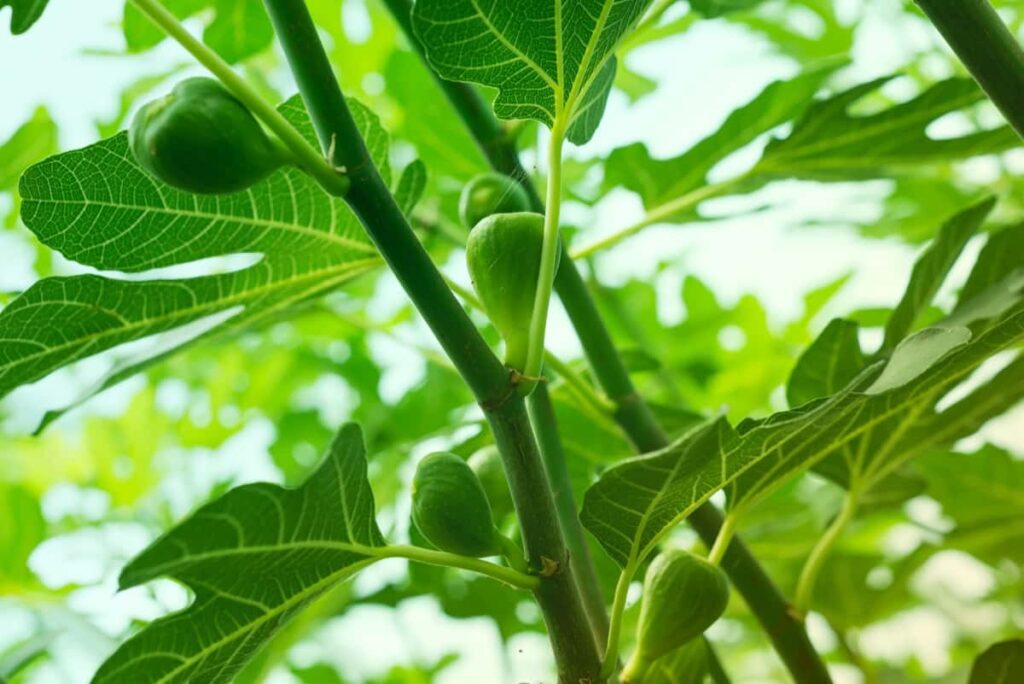
Adjusting the soil temperature by removing excess or using black plastic mulch and choosing appropriate planting locations can enhance sunlight exposure and accelerate emergence from dormancy. Repotting dormant plants involves selecting a slightly larger pot, using nutrient-rich soil, and gently transferring the plant while preserving the roots. Ensure proper drainage, fill gaps with potting soil, and water thoroughly after repotting.
Encouraging Growth and Development of Fig Tree Out of Dormancy
- There are simple yet effective steps to follow to encourage the growth and development of a fig tree coming out of dormancy.
- Firstly, ensure the tree receives ample sunlight and warmth to increase the soil temperature, which helps it emerge from dormancy faster.
- Removing excess mulch and using black plastic mulch or black containers can aid in achieving this.
- Planting the fig tree high above ground level in a raised mound or berm, along with thermodynamic materials nearby to raise ambient temperatures, can also be beneficial.
- Taking the microclimate of the location into account is important as it affects sunlight exposure.
In case you missed it: Top 10 Vegetables to Grow With the Help of a Pergola
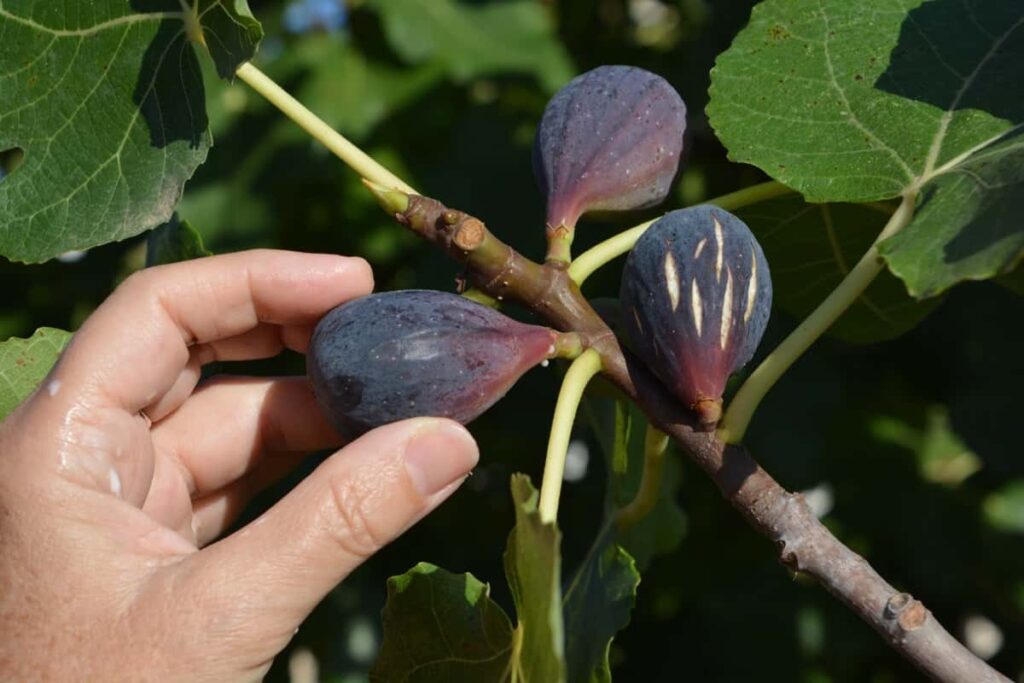
Conclusion
Bringing a fig tree out of dormancy requires adequate sunlight and warmth, adjusting the soil temperature, and gradually increasing watering and fertilization. By following these DIY ideas and tips, you can successfully encourage your fig tree’s growth and development.
- Budget Friendly Sheep Shed Ideas: Cheap and Low-Cost Tips
- How Much Do Cattle Farmers Make: Revenue Streams in Cattle Farming
- Management Pests and Diseases in Your Cotton Field
- Sheep Farming Business Plan for Beginners
- Aquaponic Farming at Home: A Step-By-Step Guide
- Profitable Village Farming Business Ideas in 2024
- High-Yield Aquaculture: Fast-Growing Fish for Farming
- Effective Fish Pond Construction Techniques for Beginners
- Irrigation and Water Management in Pineapple Farming
- Blossom to Harvest: Mastering Flowering and Pollination in Papaya Farming
- Pig Fattening Essentials: From Selection to Sale for Beginners
- Raising Wagyu Cattle: A Complete Guide for Premium Beef Production
- Soil Types and Their Water Holding Capacity
- Optimizing Irrigation Schedules for Coconut Groves for Enhanced Yield
- Espresso Your Garden: Coffee Grounds for Healthier Acid-Loving Plants
- The Best Soil Mix for Snake Plants: How to Mix Your Own Snake Plant Soil
- Green Thumb Success: Expert Tips for Cultivating Greenhouse Beans All Year Round
- Bloom All Year Round: The Ultimate Guide to Indoor Hyacinth Care
- Eco-Friendly Gardening: How to Make Liquid Fertilizer from Kitchen Waste
- Ultimate Guide to Grow Anise in Pots: Explore Seed Propagation to Harvesting
- Guide to Raising Chester White Pigs: Discover Breed Facts to Growth Management
- Mastering the Elegance: The Ultimate Guide to Weeping Cherry Tree Care, Planting, and Maintenance
- Ultimate Guide to Planting Garlic in Grow Bags: Growing Strategies for Beginners
- How to Fix Spider Plant Leaf-Related Problems: Natural and Organic Remedies
- 10 Reasons Why Your Tulsi Plant is Shedding Leaves: Home Remedies and Solutions
- Optimizing Growth and Yield: The Advantages of Palm Bunch Ash Fertilizer
- Utilizing Neem Oil Extract as a Natural Pesticide for Hydrangea
- From Soil to Harvest: Various Ways in Which Farmers Can Use AI Tools
- Steps to Encourage and Induce Citrus Flowers: A Comprehensive Guide
- How to Fix Snake Plant Leaf-Related Issues: Natural and Organic Remedies
- Transform Your Garden into a Fragrant Oasis with Raat Ki Rani (Night Blooming Jasmine)
- Discover the Ideal Chicken Breeds for Philippine Farms
- How to Create a Poultry Egg Farm Business Plan for Profits
- Grow Lemon Cucumbers Like a Pro: Insider Techniques for Bountiful Yields
- Ultimate Guide to Caring for Your Pink Princess Philodendron: Tips for Thriving Variegation
- Areca Nut Profit Per Acre: Calculating Yield and Cost of Cultivation
